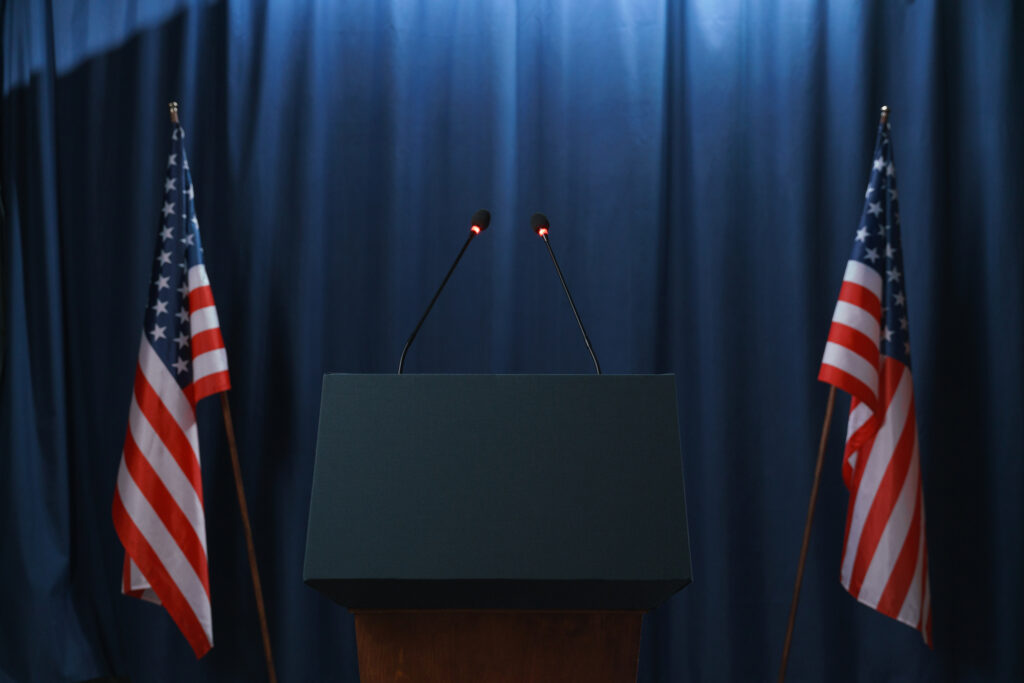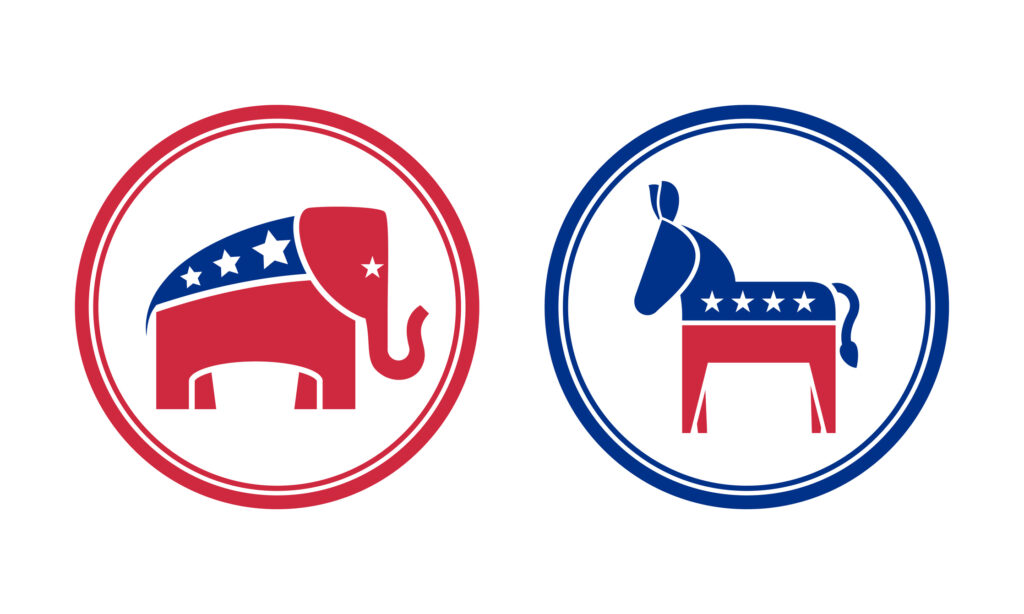Does K-12 Education Give Students The Skills They Need As Adults?

As we noted last week, while much of the recent education policy debate has focused on cultural issues, voters believe that dealing with learning loss and boosting academic achievement should be the priority in education policy. This week, we take that theme a step farther by looking at two follow-up questions from our September survey […]
Roll Call: A civil debate? Now that’s an October surprise

The Winston Group’s David Winston writes in today’s Roll Call about the Vice Presidential debate between Senator JD Vance and Governor Tim Walz. Overall, Vance and Walz did a good job defending their positions and contrasting them with their opponent’s — and doing it with limited hyperbole. Read the full piece here.
Culture Wars vs. Learning Loss As Voter Priority

Throughout the 2024 campaign, the education policy debate has focused largely on cultural issues particularly on the Republican side. Data from the most recent survey for Winning the Issues (September 18-19; 1,000 registered voters) suggests this would not be the strongest message on the education issue. In a direct contrast, voters say that dealing with learning […]
Roll Call: To debate or not to debate, that is the question

The Winston Group’s David Winston writes in today’s Roll Call about the possibility of a second Trump-Harris debate and the current state of the presidential race. The possibility of a second Harris-Trump debate makes for a great subplot to one of the most interesting campaigns we’ve ever seen. How the campaigns and the candidates address […]
States Get Poor Grades On Learning Loss Transparency

Earlier this month, the Center for Reinventing Public Education released a report intended to answer the following question: how easy would it be for a parent or advocate to compare student performance pre- and post-COVID? The answer, following the report’s analysis of the ease of finding student performance data and other metrics, was that it was not […]
Roll Call: The popular vote: California versus the rest of the country

In today’s Roll Call, the Winston Group’s David Winston writes about a key indicator of electoral success: the winner of the popular vote outside of California. For both parties, historical trends show that the “rest of the country” margins align more closely with an Electoral College victory and can be a valuable measure of what […]
Will We See More Campus Protests This Fall?

The fall semester is now in full swing at colleges and universities across the country. In preparation for students’ return, many schools updated their policies around protests, harassment, and discrimination, from the University of California and the California State University systems to Harvard University, Indiana University, the University of Virginia, and NYU. At the end […]
Comparing The Republican And Democrat Education Platforms

With the release of the Democratic Party’s 2024 platform for the start of their convention today, this week we take a look at how the Democrats’ platform compares with the Republicans’ on education. The Democratic Platform: Education comes as part of the third chapter, “Lowering Costs;” the section addresses positions spanning through the education system from […]
A 25 Year Look At Education Issue Handling

Going into an election, one of the important metrics to look at is which party voters have more confidence in to handle issues that are important to them. Data from the latest survey for Winning the Issues (July 23-25) sheds light on which party voters have more confidence in to handle the issue of education, […]
Universal School Choice And International Standing

The full 2024 Republican Party Platform was released and adopted earlier this month at the 2024 Republican National Convention. The platform devotes a chapter to education (“Cultivate Great K-12 Schools Leading to Great Jobs and Great Lives for Young People”), which focuses on issues like parental rights, career preparation, and a call for universal school […]
